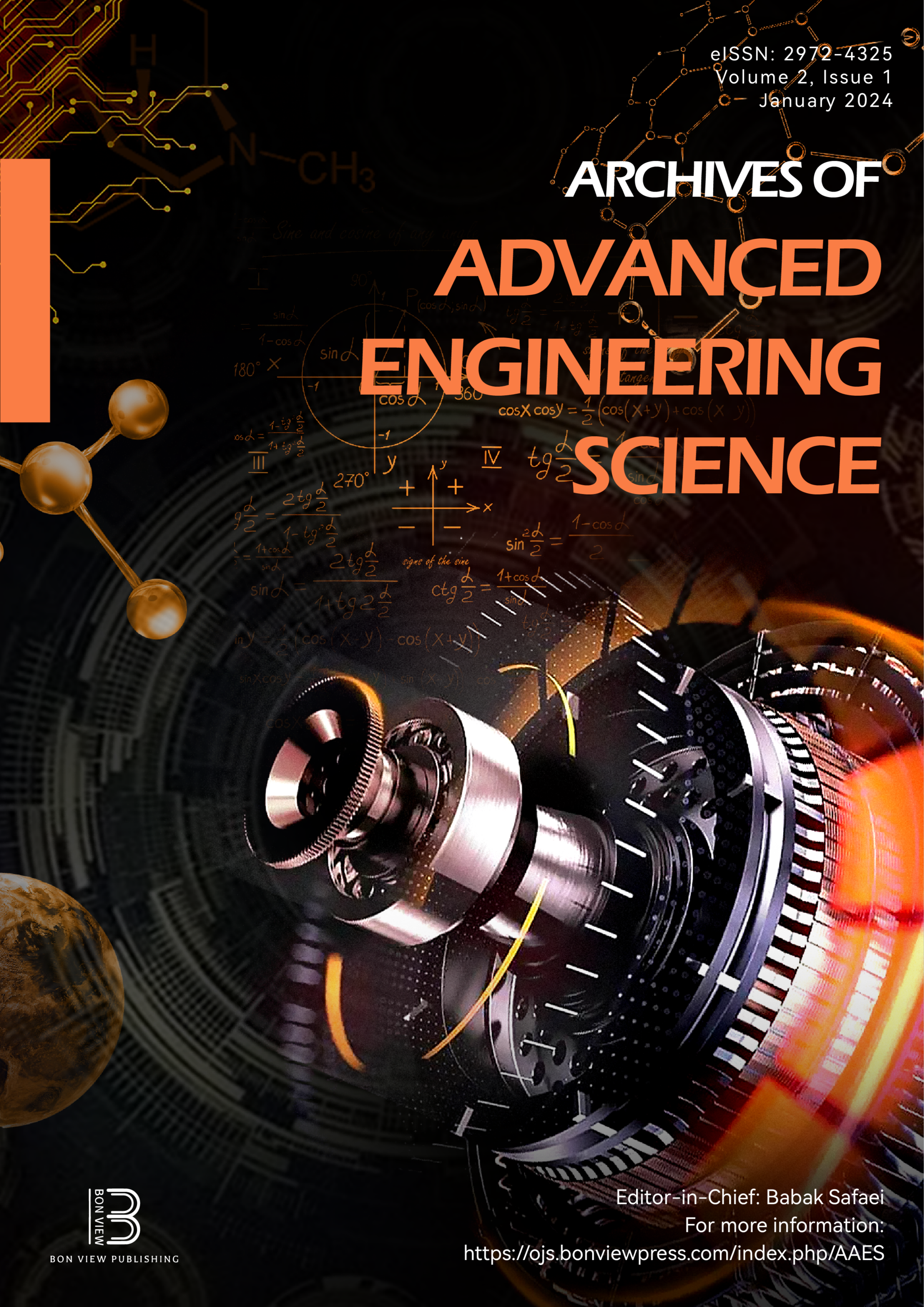Application of Ordinary Least Squares Regression and Neural Networks in Predicting Employee Turnover in the Industry
DOI:
https://doi.org/10.47852/bonviewAAES32021326Keywords:
artificial intelligence techniques, staff turnover, data mining, tensor flow, ordinary least squares regressionAbstract
Employee turnover, also known as labor turnover or employee attrition, refers to the flow of employees entering and leaving an organization within a specific time. It is an indicator used to measure the number of employees who leave a company and are replaced by new hires. This project aims to create and implement an artificial intelligence model using the Python programming language and the TensorFlow library. The focus is developing a dashboard to facilitate the model training process and enable predictions related to employee turnover in the business context. The goal is to enhance predictive capabilities and provide valuable strategic and human resources talent management and decision-making insights. By harnessing the power of artificial intelligence, the project aims to identify patterns and factors that influence employee turnover. This, in turn, will enable the implementation of preventive measures and corrective actions to reduce turnover rates and maintain workforce stability in the company.
Received: 10 July 2023 | Revised: 8 August 2023 | Accepted: 11 September 2023
Conflicts of Interest
The authors declare that they have no conflicts of interest to this work.
Data Availability Statement
Data sharing is not applicable to this article as no new data were created or analyzed in this study.
Downloads
Published
Issue
Section
License
Copyright (c) 2023 Authors

This work is licensed under a Creative Commons Attribution 4.0 International License.


